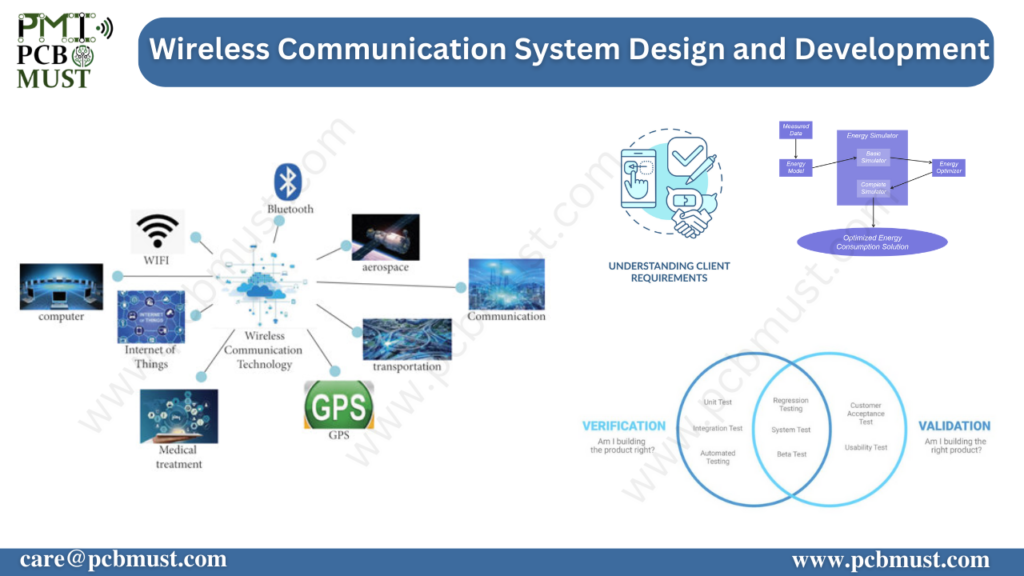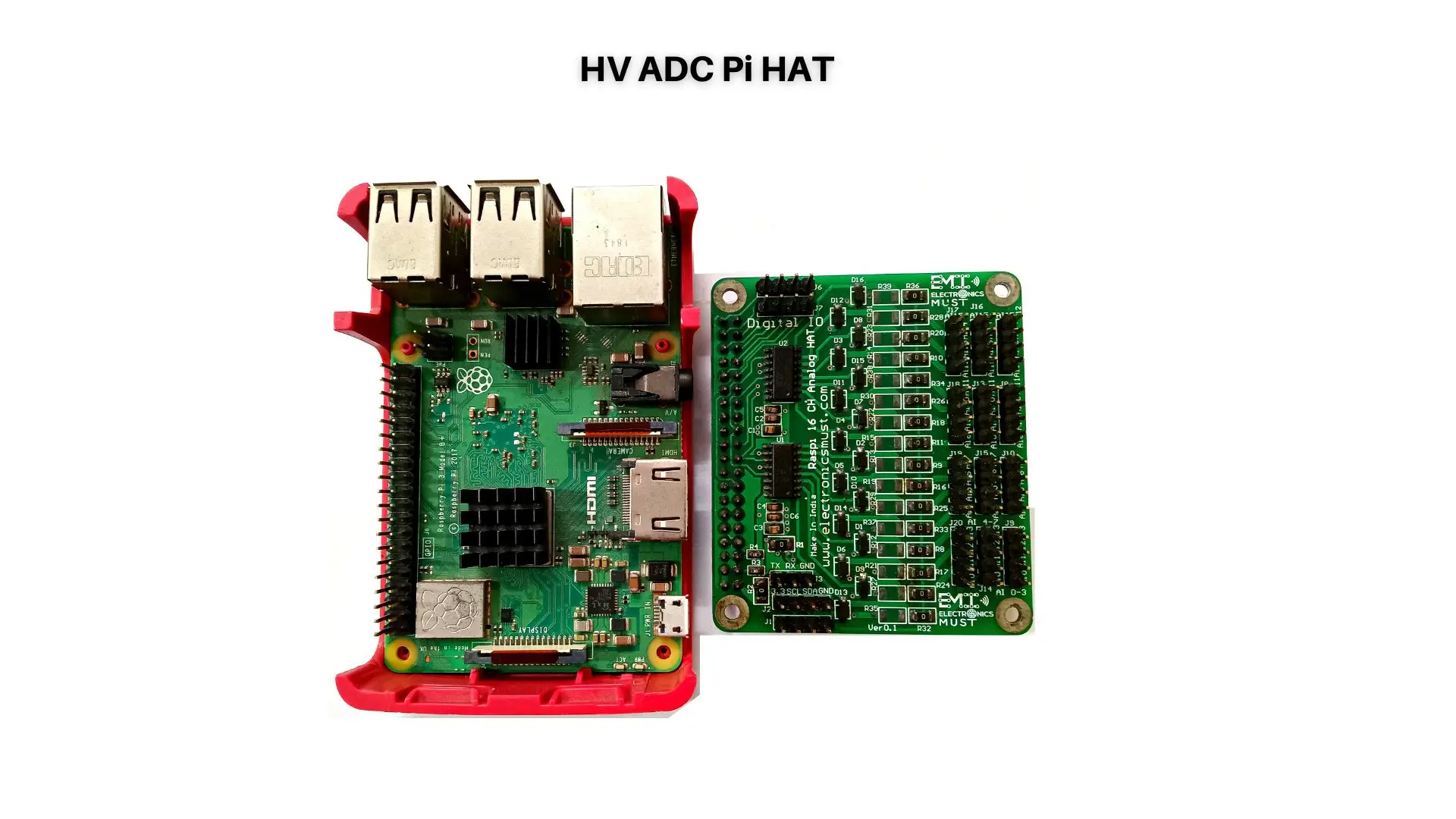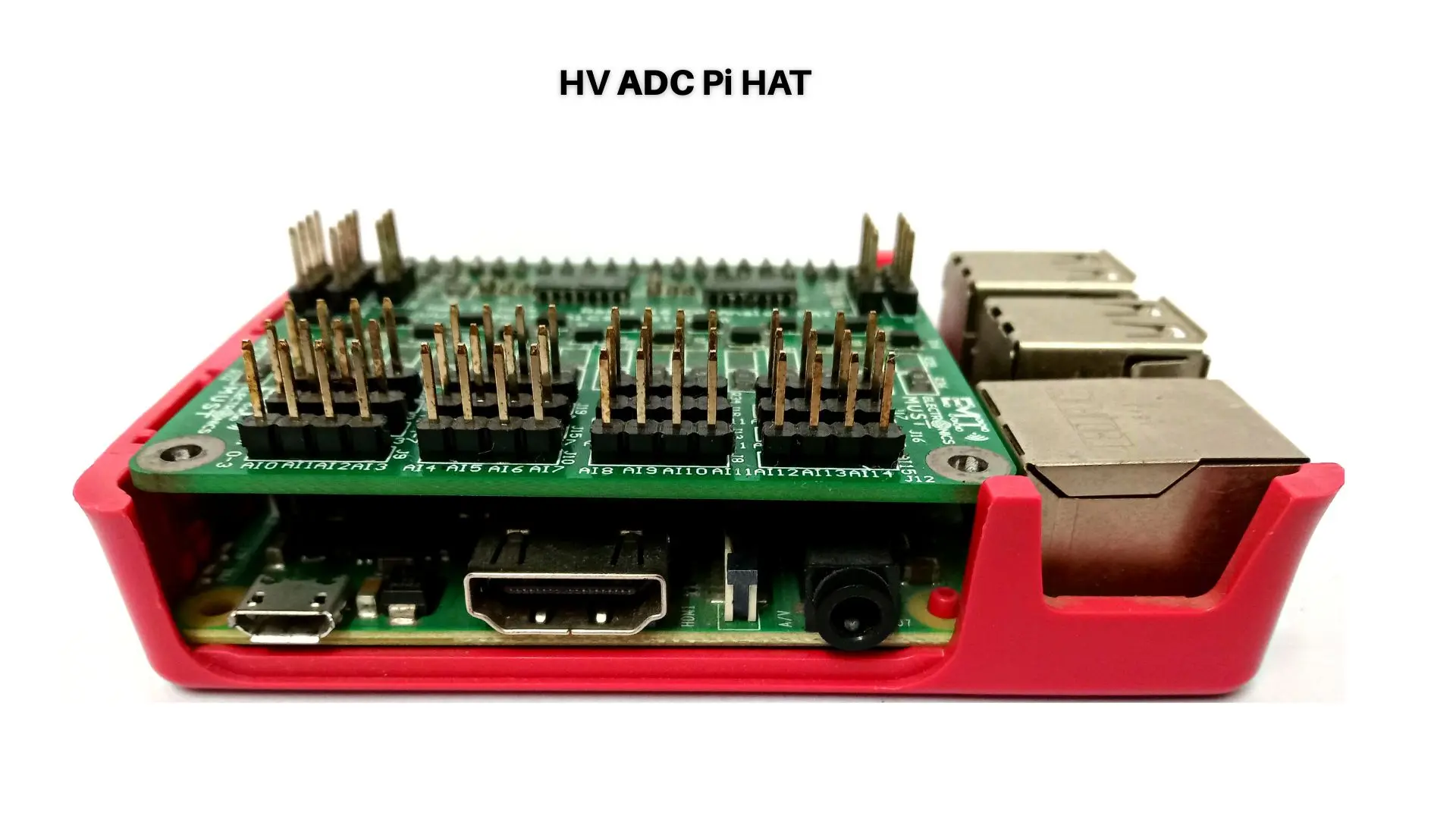Wireless communication systems have revolutionized the way people interact and share information. From smartphones to Internet of Things (IoT) devices, wireless communication is an essential component of modern technology. The design and development of wireless communication systems require careful consideration of various factors such as bandwidth, frequency range, power consumption, and reliability. In this article, we will discuss the key aspects of wireless communication system design and development.
Wireless communication systems have become an integral part of modern technology. From smartphones to IoT devices, wireless communication systems allow us to interact and share information seamlessly. However, designing and developing a wireless communication system can be a challenging task. In this article, we will discuss some crucial tips that can help you design and develop a wireless communication system.
Understand the Requirements: In designing a wireless communication system is to understand the requirements. You need to determine the type of data that needs to be transmitted, the distance between the transmitter and receiver, and the desired bandwidth. This information will help you select the appropriate wireless technology and optimize the system’s performance.
Optimize Power Consumption: Wireless devices are often battery-powered, so optimizing power consumption is crucial. You need to design the system in a way that it consumes minimal power while delivering the required performance. You can use techniques such as duty cycling, power control, and energy-efficient protocols to reduce power consumption.
Implement Security Measures: Wireless communication systems are vulnerable to attacks, and securing them is essential. You need to implement security measures such as encryption, authentication, and access control to protect the system from unauthorized access and data theft.
Consider Interference: Wireless communication systems are susceptible to interference from other wireless devices and environmental factors such as buildings and terrain. You need to consider these factors and implement techniques such as frequency hopping, interference cancellation, and directional antennas to mitigate interference and improve system performance.
Test and Validate the System: Once you have designed the wireless communication system, it’s essential to test and validate it thoroughly. You need to conduct field tests to ensure that the system meets the desired performance criteria under real-world conditions. You can also use simulation tools to test the system’s performance under different scenarios.
In conclusion, wireless communication systems are an integral part of modern technology, and their design and development require careful consideration of various factors such as bandwidth, power consumption, reliability, and security. To design and develop a wireless communication system, one needs to understand the requirements, optimize power consumption, implement security measures, consider interference, and test and validate the system thoroughly. By following these tips, one can ensure that the wireless communication system delivers the desired performance while meeting the necessary security and reliability requirements. With the rapid advancements in wireless technology, designing and developing wireless communication systems will continue to be a challenging yet rewarding task.






